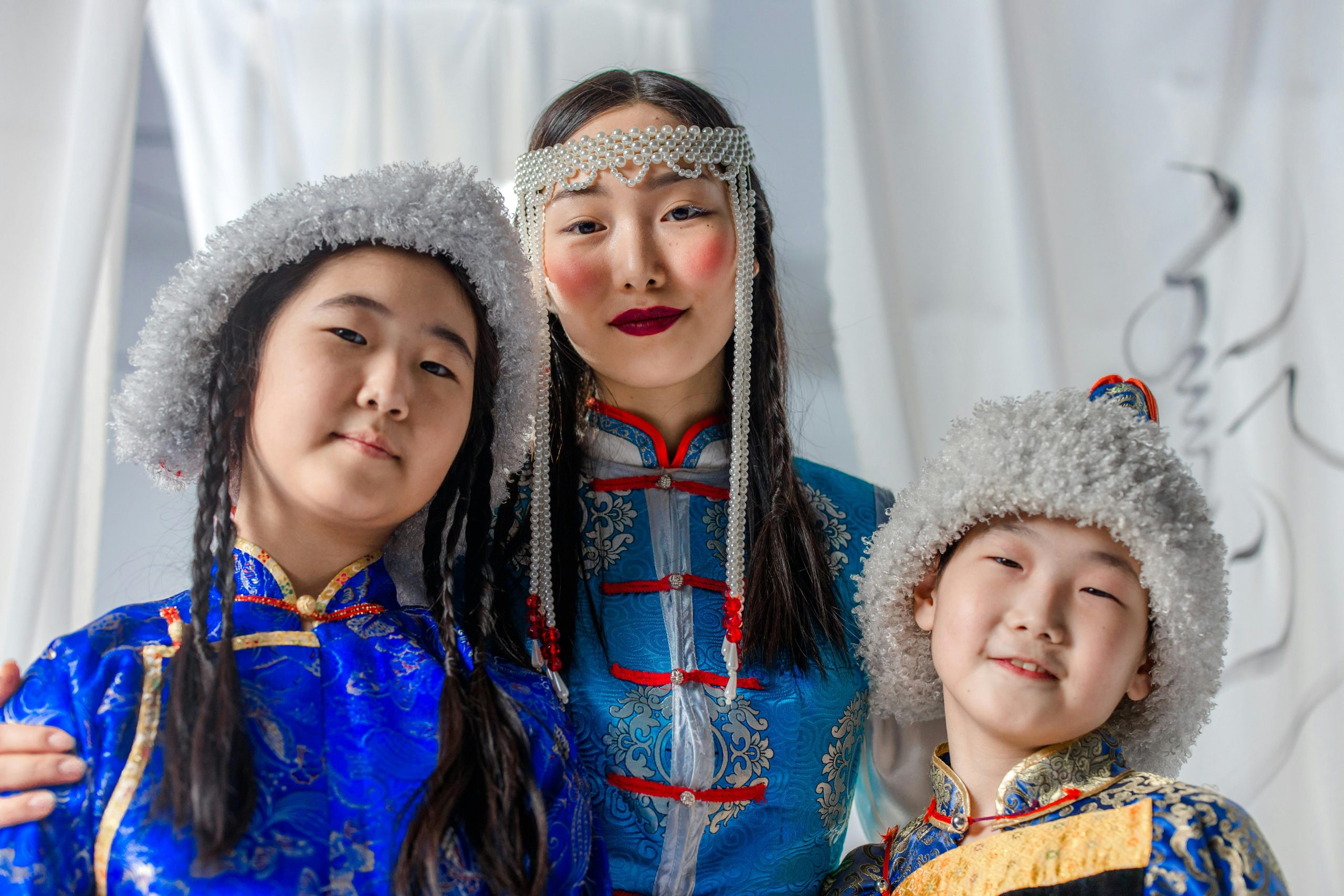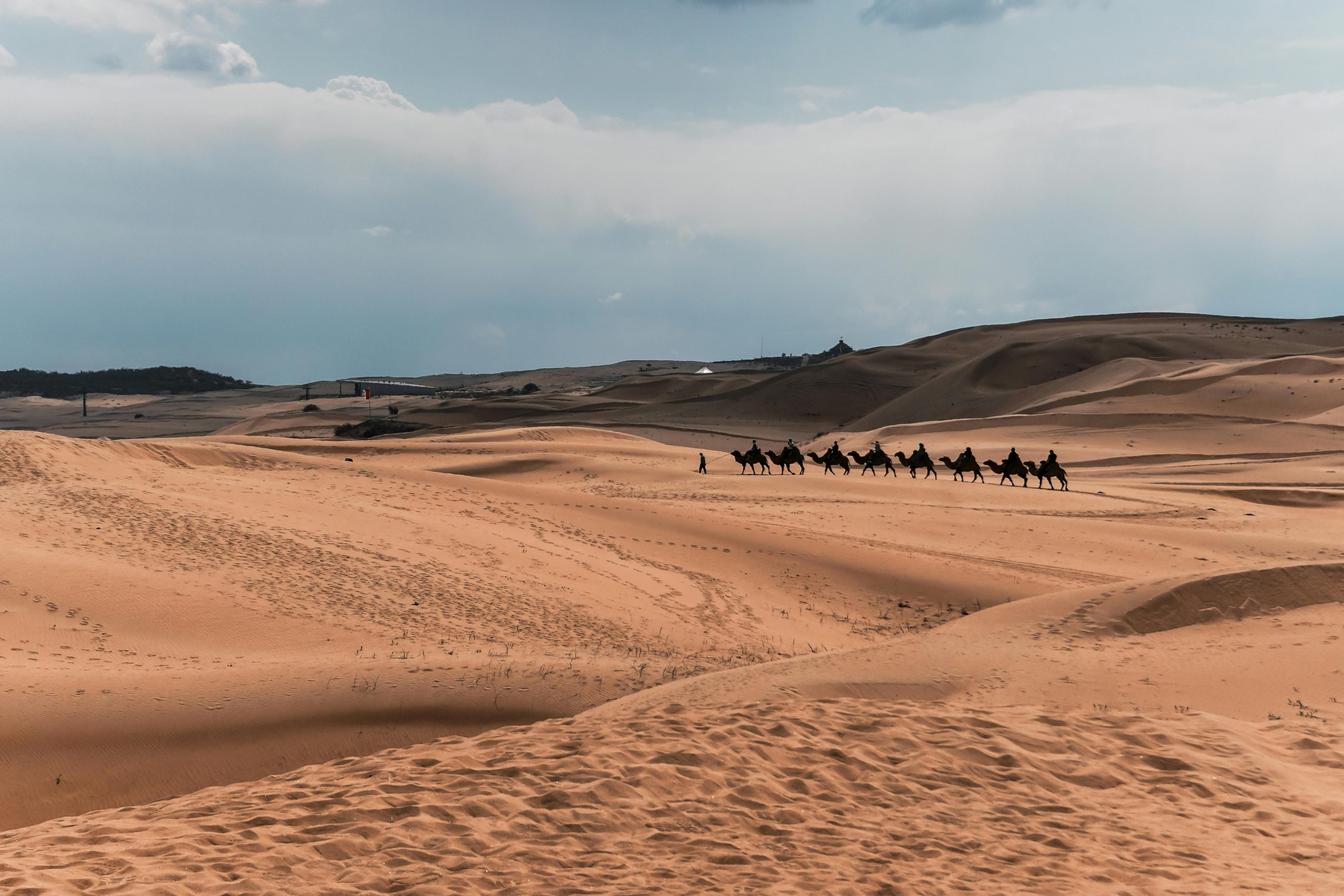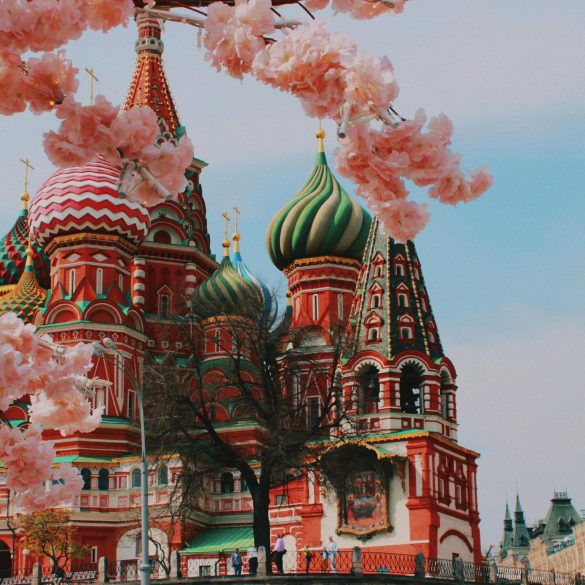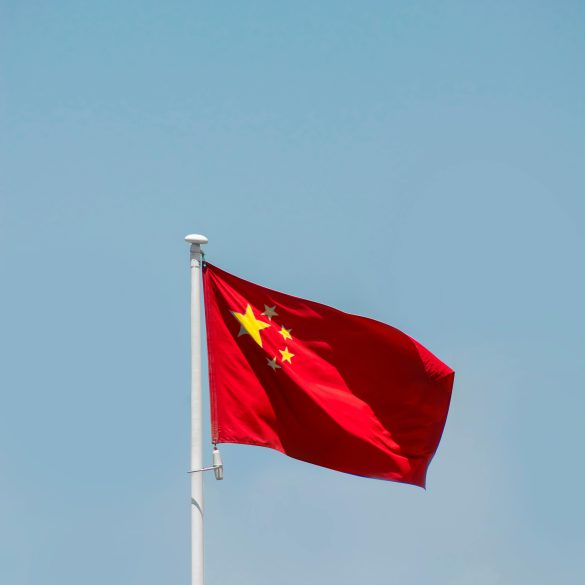Mongolia Culture and History: Ancient Traditions Meeting Modern Life
Imagine standing on the vast Mongolian steppes, where endless grasslands stretch toward distant mountains, and the only sounds are wind through grass and horses’ hooves on ancient pathways. This is Mongolia, a land where nomadic traditions spanning over 4,000 years continue to shape modern life in extraordinary ways.
According to recent studies by the National University of Mongolia, over 40% of Mongolians still maintain nomadic or semi-nomadic lifestyles, making Mongolia unique among world nations for preserving indigenous cultural practices. The culture and history of Mongolia represent one of humanity’s most remarkable examples of cultural continuity, where ancient wisdom guides contemporary challenges.
The Mongol Empire Legacy
Mongolia’s cultural foundation rests upon the extraordinary legacy of the Mongol Empire, established by Genghis Khan in 1206. Historical research from Harvard University indicates that at its peak, the Mongol Empire covered approximately 24 million square kilometers, making it the largest contiguous land empire in human history.
Cultural Impact of the Mongol Empire
The Mongol Empire’s influence extended far beyond military conquest, establishing trade routes, promoting religious tolerance, and facilitating cultural exchange across Eurasia. These values continue to influence Mongolian society today.
The empire’s cultural policies emphasized meritocracy over hereditary privilege, religious tolerance, and diplomatic immunity. According to the Mongolian Academy of Sciences, these administrative innovations directly influenced modern Mongolian democratic principles and multicultural acceptance.
What makes Mongolia’s history particularly fascinating is how nomadic governance systems successfully managed diverse populations across vast territories. The decimal system of military organization, known as the “mingghan” system, reflected sophisticated understanding of human resources and logistics that contemporary management theorists still study.
Traditional Culture and Nomadic Heritage
The foundation of Mongolian culture rests in its nomadic traditions, where mobility, adaptability, and harmony with nature define daily existence. Research from the Mongolian Institute of Anthropology demonstrates that traditional nomadic practices represent sophisticated environmental management systems developed over millennia.
The Ger: Symbol of Nomadic Wisdom
The traditional Mongolian dwelling, known as a “ger” (or yurt in Russian), embodies philosophical principles of nomadic life. According to UNESCO cultural heritage studies, the ger’s circular design represents the eternal cycle of life, while its portability enables sustainable land use practices.
“The ger is not just a dwelling; it’s a universe in miniature. Every element has meaning, from the central fire representing the heart of the family to the door facing south toward prosperity and warmth.” – Dr. Munkh-Erdene Lkhagvadorj, Mongolian Cultural Heritage Institute
Traditional ger construction requires no nails or permanent fixtures, allowing families to assemble or dismantle their homes within two hours. This engineering marvel reflects deeper cultural values emphasizing flexibility, community cooperation, and environmental respect.
| Traditional Practice | Cultural Significance | Modern Adaptation | Preservation Status |
|---|---|---|---|
| Seasonal Migration | Sustainable Grazing | Planned Rotational Grazing | Actively Practiced |
| Horse Training | Transportation and Status | Sport and Tourism | Culturally Protected |
| Oral Storytelling | Knowledge Transmission | Digital Archives | Endangered |
Horse Culture and Nomadic Identity
Mongolian horse culture represents one of the world’s oldest human-animal partnerships. The Przewalski’s Horse Research Center reports that Mongolians have maintained continuous horse domestication practices for over 5,500 years, developing unique breeding and training methods.
Traditional Mongolian children learn horsemanship as early as age three, participating in the famous Naadam horse races. The relationship between Mongolians and horses transcends mere utility, representing spiritual connection and cultural identity that persists in modern urban contexts.

Religious and Social Traditions
Mongolia’s spiritual landscape reflects remarkable religious diversity and tolerance, with Buddhism, Shamanism, and modern faiths coexisting harmoniously. According to the Mongolian Religious Affairs Ministry, approximately 53% of Mongolians practice Buddhism, while 38% maintain shamanistic beliefs, often simultaneously.
Buddhism’s Mongolian Adaptation
Tibetan Buddhism arrived in Mongolia during the 16th century, blending seamlessly with existing shamanistic practices. The Mongolian Buddhist University notes that this synthesis created unique forms of Buddhist practice found nowhere else in the world.
“Mongolian Buddhism represents successful cultural adaptation, where imported religious philosophy merged with indigenous spiritual practices to create something authentically Mongolian.” – Lama Purevbat, Gandan Monastery
The Erdene Zuu Monastery, built in 1585, exemplifies this religious synthesis. Archaeological evidence from the Mongolian Heritage Foundation indicates that Buddhist temples were constructed incorporating shamanic sacred sites, demonstrating respect for pre-existing spiritual traditions.
Mongolia Cultural Fact
Population: 3.4 million people
Official Language: Mongolian (Cyrillic script)
Traditional Script: Classical Mongolian (still taught in schools)
Ethnic Groups: 95% Khalkh Mongol, 4% Kazakh, 1% other minorities
Cultural Festivals: Naadam (July), Tsagaan Sar (Lunar New Year), Eagle Festival (October)
Traditional Festivals and Ceremonies
Mongolian festivals serve as vital mechanisms for cultural transmission and community bonding. The National Commission for UNESCO identifies three major celebrations that define Mongolian cultural identity:
- Naadam Festival: The “Three Manly Sports” of wrestling, archery, and horse racing
- Tsagaan Sar: Lunar New Year celebration emphasizing family unity and renewal
- Eagle Festival: Kazakh minority tradition showcasing traditional hunting partnerships
- Ikh Zasag: Traditional governance ceremonies maintaining democratic participation
These festivals demonstrate how Mongolian culture maintains inclusivity while preserving distinct traditions. Research from the International Association of Anthropological Studies indicates that participation in traditional festivals strengthens cultural identity among younger generations, even in urban environments.
Music and Artistic Expression
Traditional Mongolian music, particularly throat singing known as “khoomei,” represents sophisticated vocal techniques developed over centuries. The Mongolian Traditional Music Conservatory documents over 20 distinct throat singing styles, each associated with specific regions and cultural meanings.
The morin khuur (horsehead fiddle) exemplifies how Mongolian artistic expression connects to nomadic identity. UNESCO recognition of this instrument as a Masterpiece of Oral and Intangible Heritage demonstrates international appreciation for Mongolian cultural contributions.
Modern Mongolia and Cultural Preservation
Contemporary Mongolia faces the complex challenge of balancing rapid modernization with cultural preservation. According to the World Bank, Mongolia’s urbanization rate reached 68% by 2023, creating unprecedented cultural transitions as nomadic families adapt to city life.
Urban Cultural Adaptation
Ulaanbaatar, Mongolia’s capital, has grown from 100,000 residents in 1960 to over 1.5 million today. The Mongolian Urban Studies Institute reports that urban Mongolians maintain cultural connections through weekend trips to countryside relatives, traditional food preparation, and cultural center participation.
Cultural Preservation Initiatives
The Mongolian government established the Cultural Heritage Protection Fund in 2019, investing $15 million annually in traditional skills training, language preservation, and cultural education programs. These initiatives ensure young Mongolians learn traditional crafts, music, and storytelling techniques.
Modern technology serves cultural preservation in unexpected ways. The Digital Mongolia Project, supported by the Asian Development Bank, creates online archives of traditional songs, stories, and cultural practices, making them accessible to global Mongolian communities.
Economic Development and Cultural Values
Mongolia’s mining economy, representing 89% of export earnings according to the Ministry of Mining, creates tension between economic development and environmental preservation. Traditional nomadic values emphasizing sustainability conflict with industrial mining practices.
“We must find ways to honor our ancestors’ wisdom while building Mongolia’s economic future. The challenge is development that respects the land that shaped our culture.” – President Ukhnaa Khurelsukh, 2023 Cultural Heritage Address
Cultural tourism offers promising solutions, with the Mongolian Tourism Board reporting 12% annual growth in cultural tourism. International visitors seeking authentic nomadic experiences support traditional livelihoods while encouraging cultural practice maintenance.
Future Cultural Directions
Mongolia’s cultural future depends on successful integration of traditional wisdom with contemporary challenges. Educational reforms emphasize bilingual instruction in Mongolian and English, while requiring traditional cultural knowledge as graduation requirements.
- Language preservation through digital media and international education programs
- Traditional skills training integrated with modern vocational education
- Sustainable development models based on nomadic environmental principles
Mongolia’s remarkable journey from nomadic empire to modern nation demonstrates that cultural preservation and contemporary development need not be opposing forces. By honoring traditional wisdom while embracing beneficial innovations, Mongolia continues writing its extraordinary cultural story—one that offers valuable lessons for communities worldwide facing similar transitions.
The culture and history of Mongolia remind us that authentic cultural strength comes not from rigid preservation, but from thoughtful adaptation that maintains core values while meeting contemporary needs. In Mongolia’s example, we see pathways toward cultural futures that honor the past while embracing positive change.



